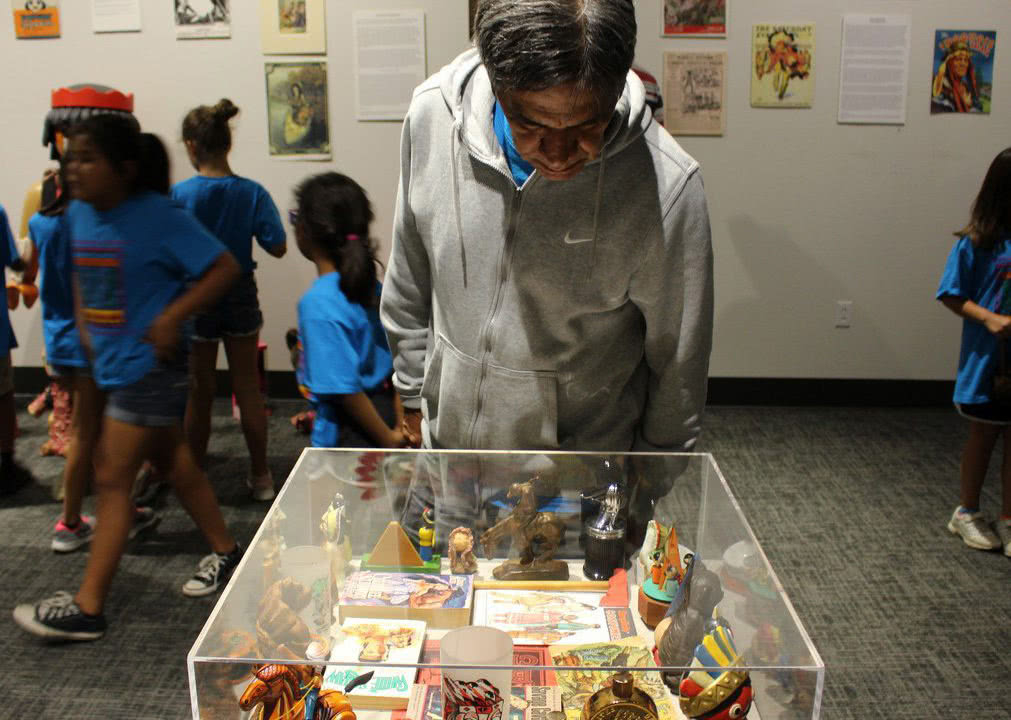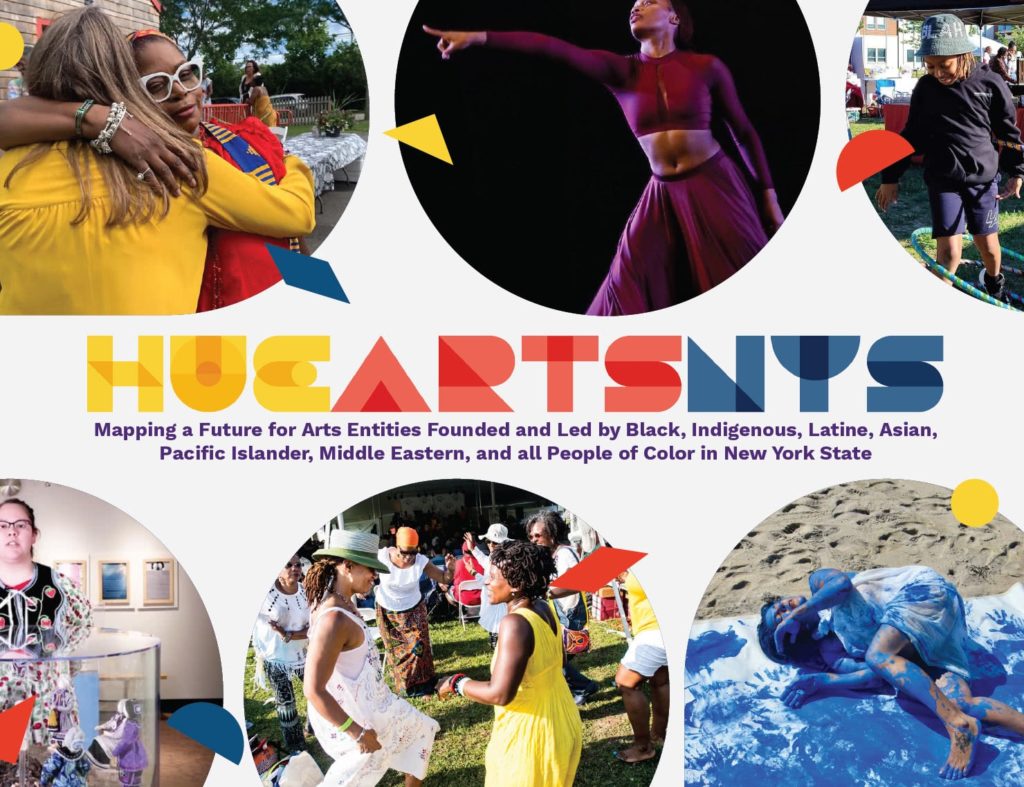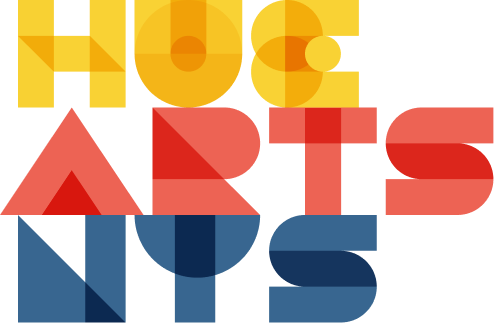
HueArts NYS Brown Paper
ABOUT THIS PROJECT
On Language
Throughout this brown paper, we will name Black, Latine, Indigenous, Asian, Pacific Islander, Middle Eastern, and all People of Color whenever possible. We understand there is much diversity within these groups, and each group’s historical and current experience with racial and ethnic inequality is unique. We will also use the terms people of color (POC) and Black, Indigenous, and People of Color (BIPOC) as unifiers and to call attention to the collective solidarity efforts made to push against racial systemic injustices felt within each of our unique communities.
Both BIPOC and POC are terms used interchangeably throughout the report for brevity, but we note here that the HueArtsNYS project partners and Advisory Committee members are acutely aware that both of these terms are problematic and potentially damaging to our collective solidarity and antiracism efforts.
“Personally, I see the term as another form of erasure. Lumping us into a single category is dangerous to our efforts. My story is distinct, just like everyone else [represented in HueArts], and I have worked too hard for it to be erased. I am tethered to those before me and to those after me. I also realize how far we need to go. We are gaining ground and momentum, but I feel [the term] BIPOC can actually hinder that progress. America needs to address all of the groupings bestowed upon us – at least in the broad strokes regionally, and we can demand specific identity signifiers locally. They need to know that the United States belongs to all of us and we should not have to demand equal access. Until then, everyone, including me, needs to keep identifying all of us by meaningful identity markers that at least point to some of the structural inequities that we keep observing in the world.”
Dr. Joe Stahlman, Seneca-Iroquois National Museum and HueArts NYS Advisory Committee member
A Glossary explaining the terms frequently used in this paper is available in the Appendices.
We hope that this process opens up further dialogue about the terms that we use, and the new terms we can create, as Dr. Stahlman recommends — to identify ourselves, to build community and power that “comes from participation and inclusion”, and to advocate for antiracist practices and policies in society.
Top Photo: Seneca Museum

